Abstract
The basic problem in the study of tick-borne virus diseases is to establish where the virus is maintained in nature. In general, this focus will be found where there are large and relatively stable populations of ticks, small rodents and insectivores. In the Tribeč region the principal vector of tick-borne encephalitis (TBE) is Ixodes ricinus, although other species can circulate the virus under suitable conditions. The virus can persist during winter either in starving nymphs or adults or in non-starving larvae or nymphs. It can also persist in hibernating mammals, but this is a less important mechanism. Among the mammals, the insectivores (hedgehogs, shrews and moles) and certain rodents are hosts of ticks and reservoirs of TBE virus of great importance. During spring, game and farm animals play an important role and birds are important hosts when the number of small mammals is low. Thus the survival of TBE virus depends on a complex interaction of varying populations of tick vectors and vertebrate hosts that occur in different habitats influenced by different environmental conditions.
Full text
PDF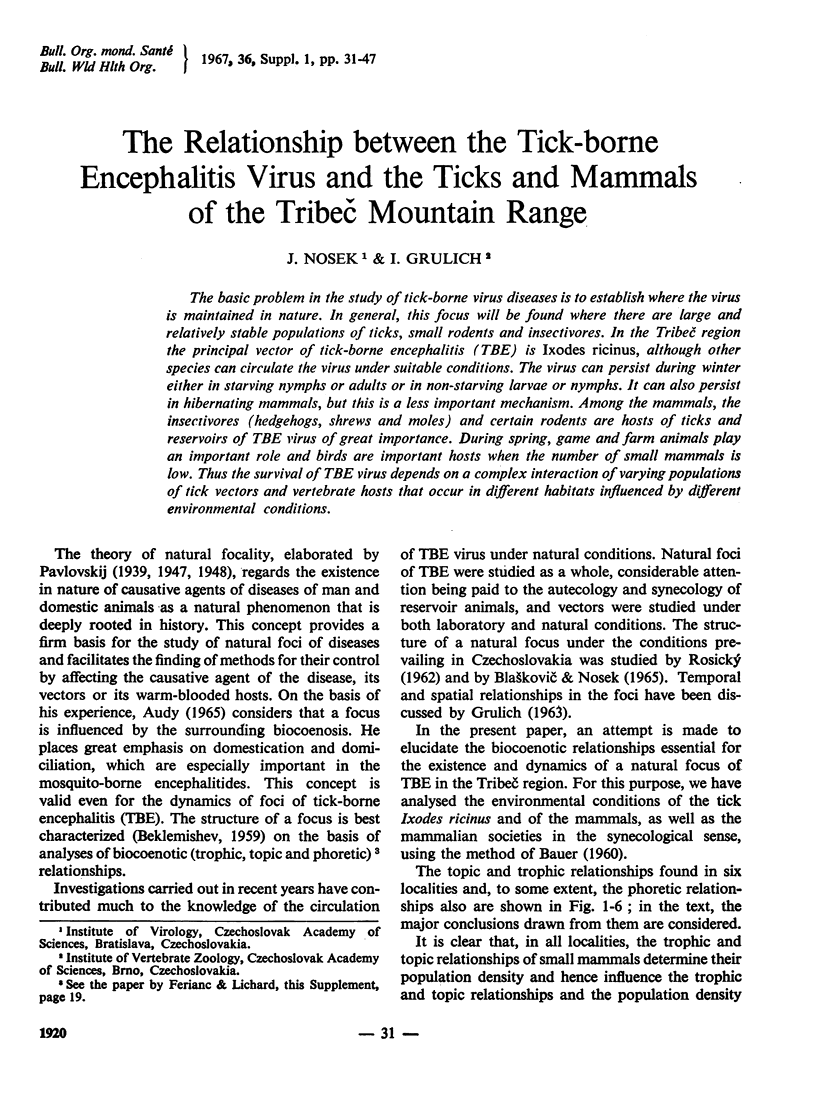
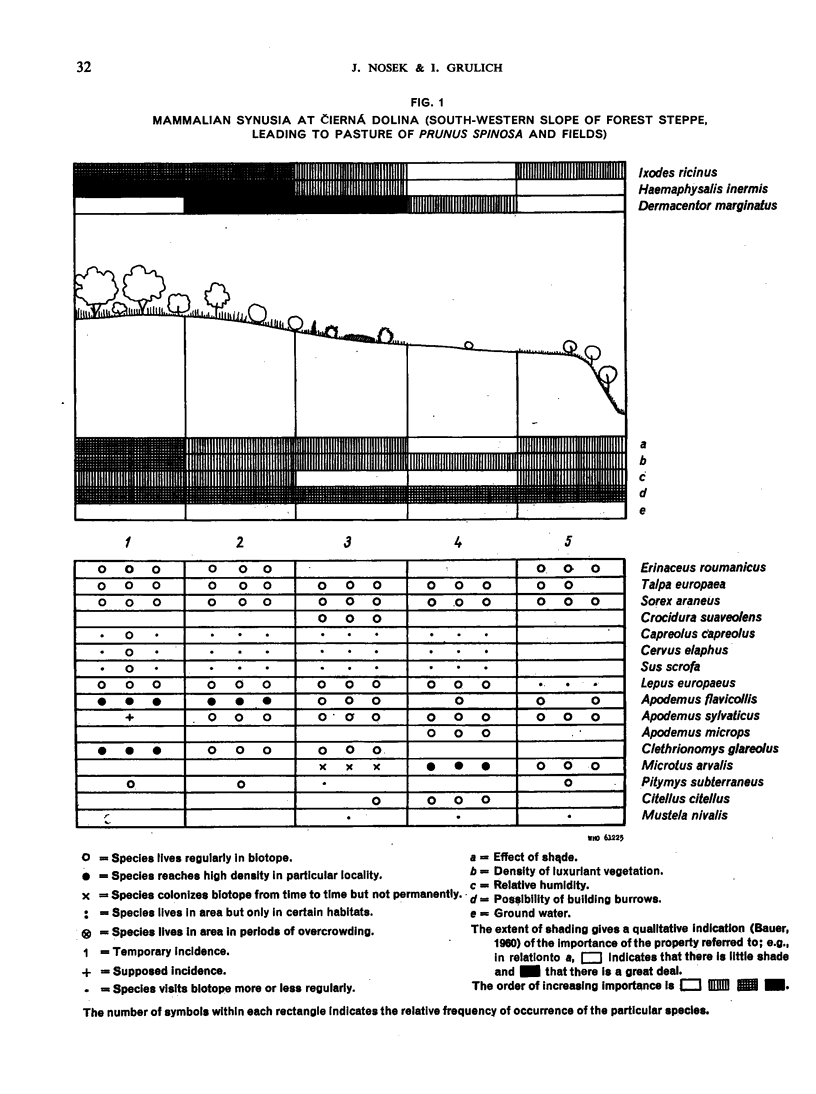
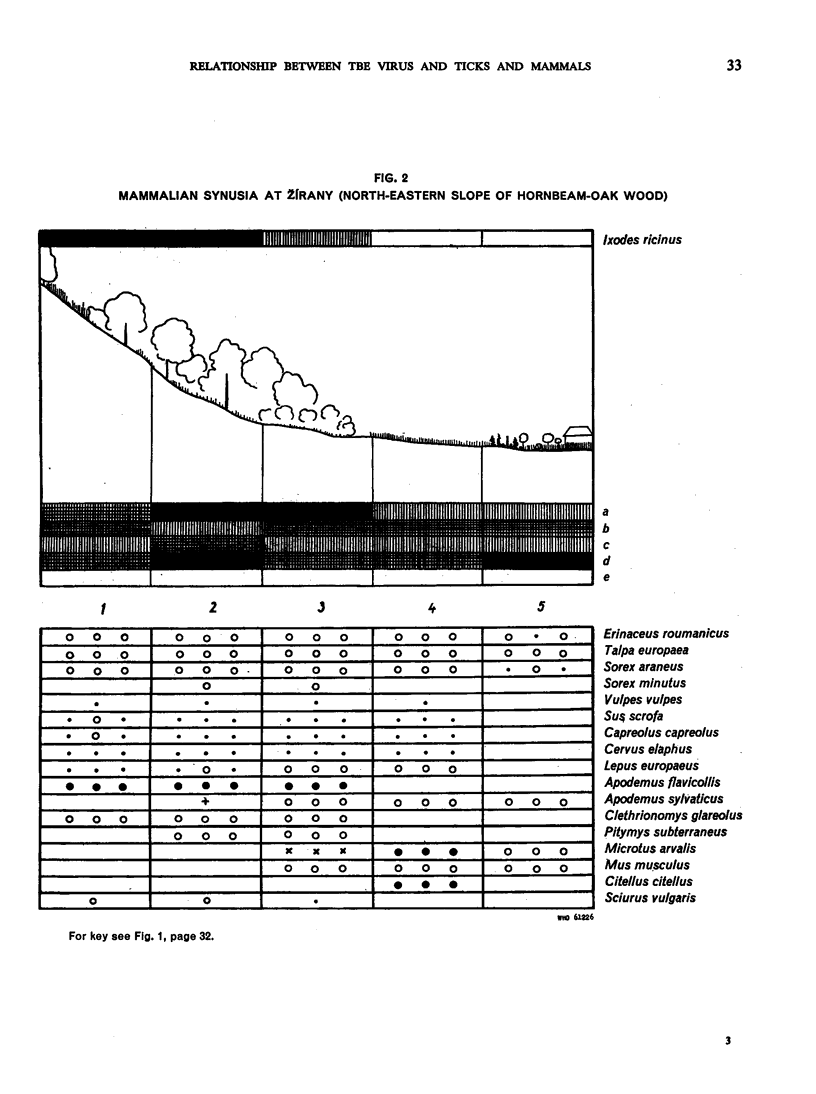
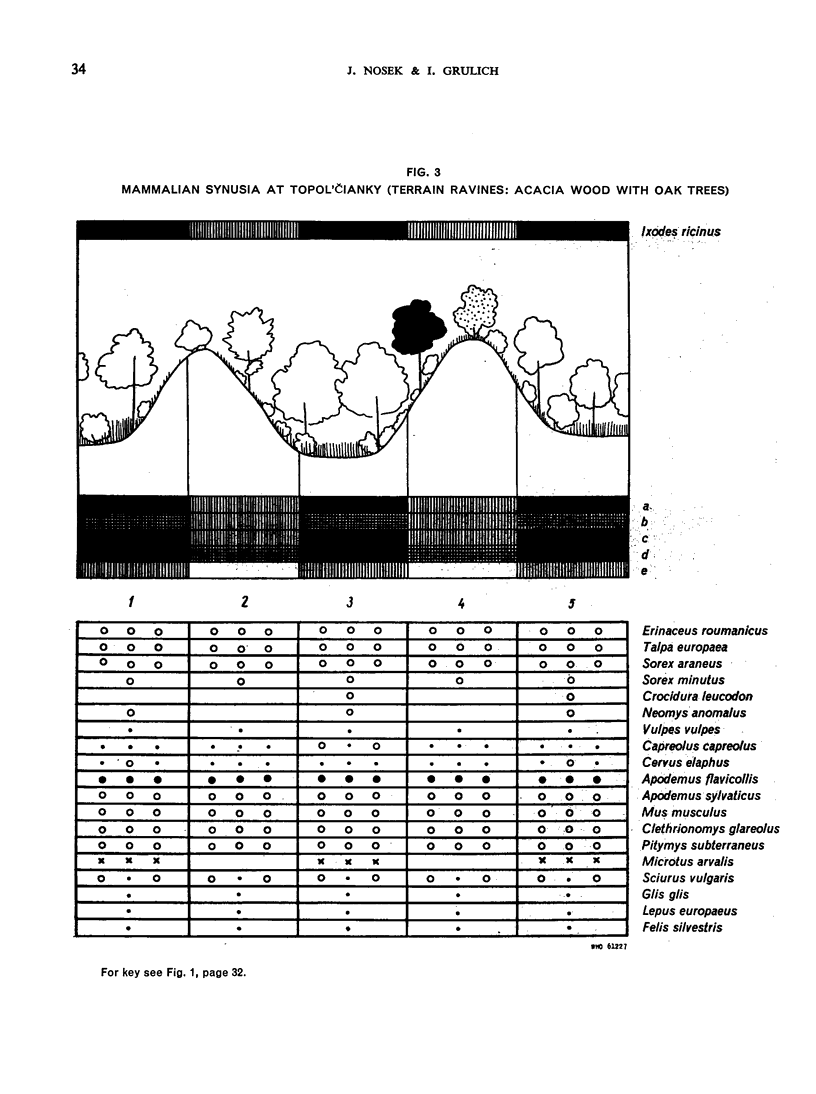
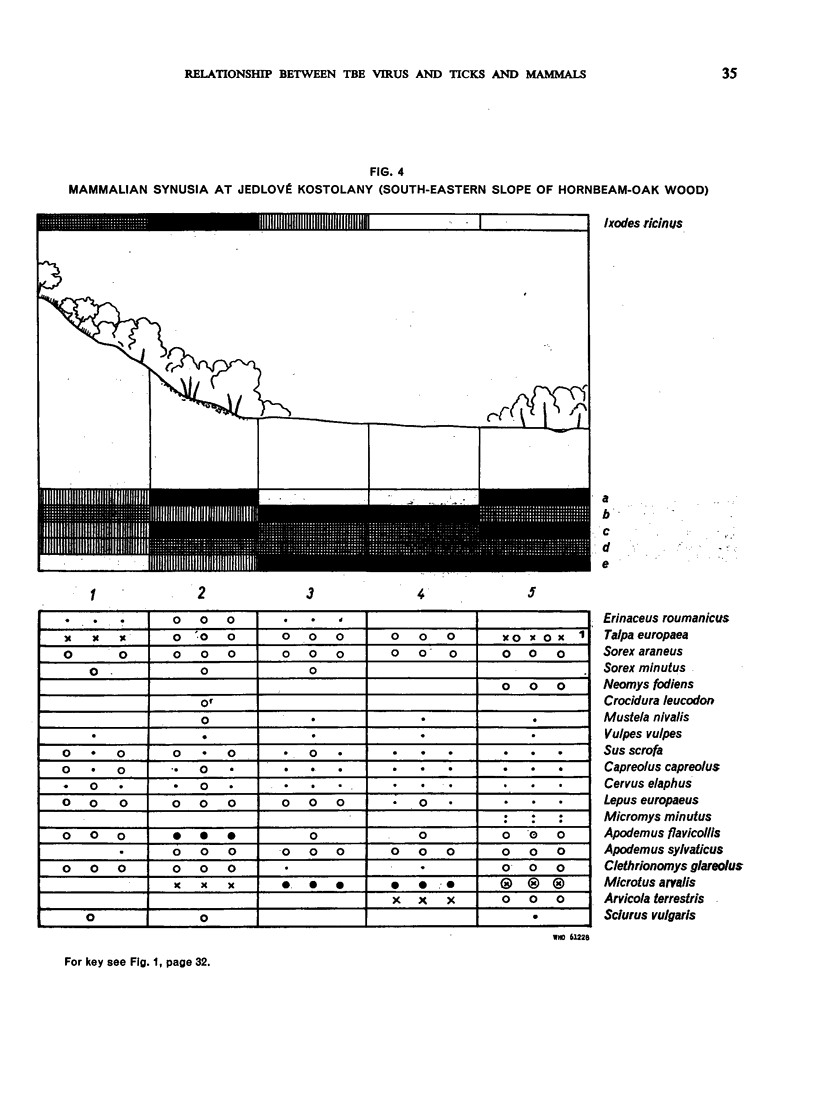
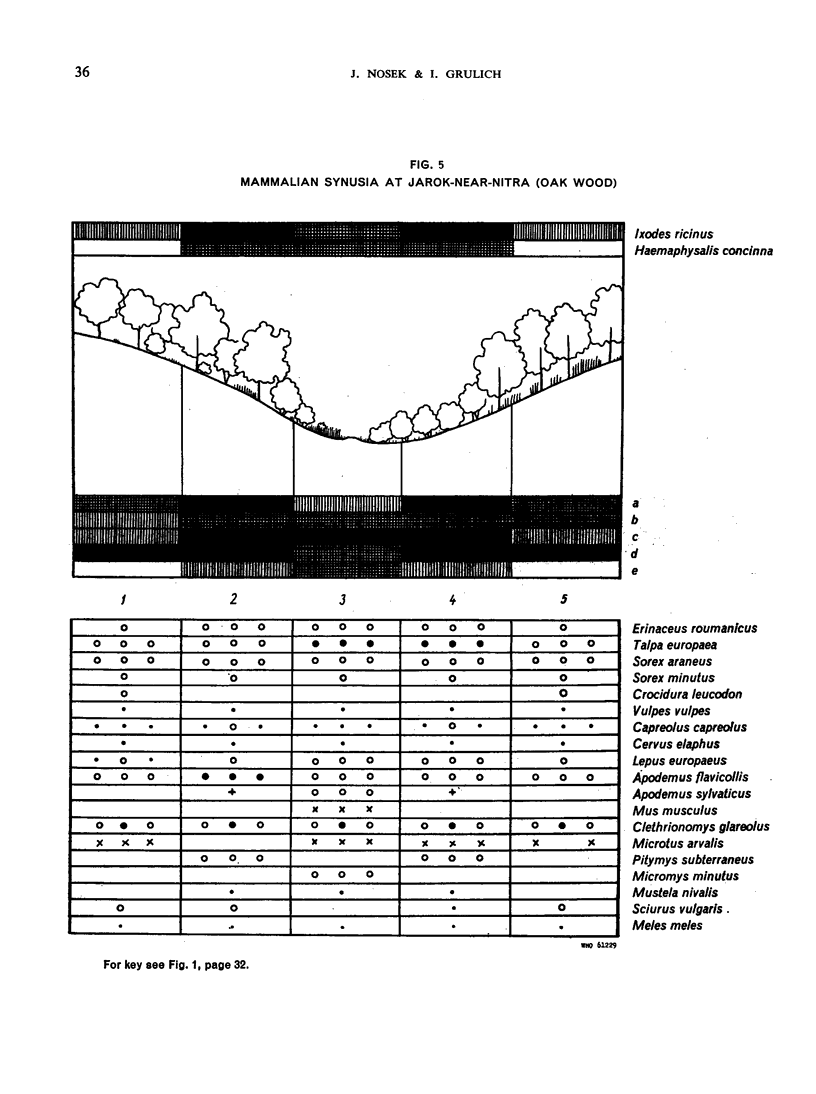
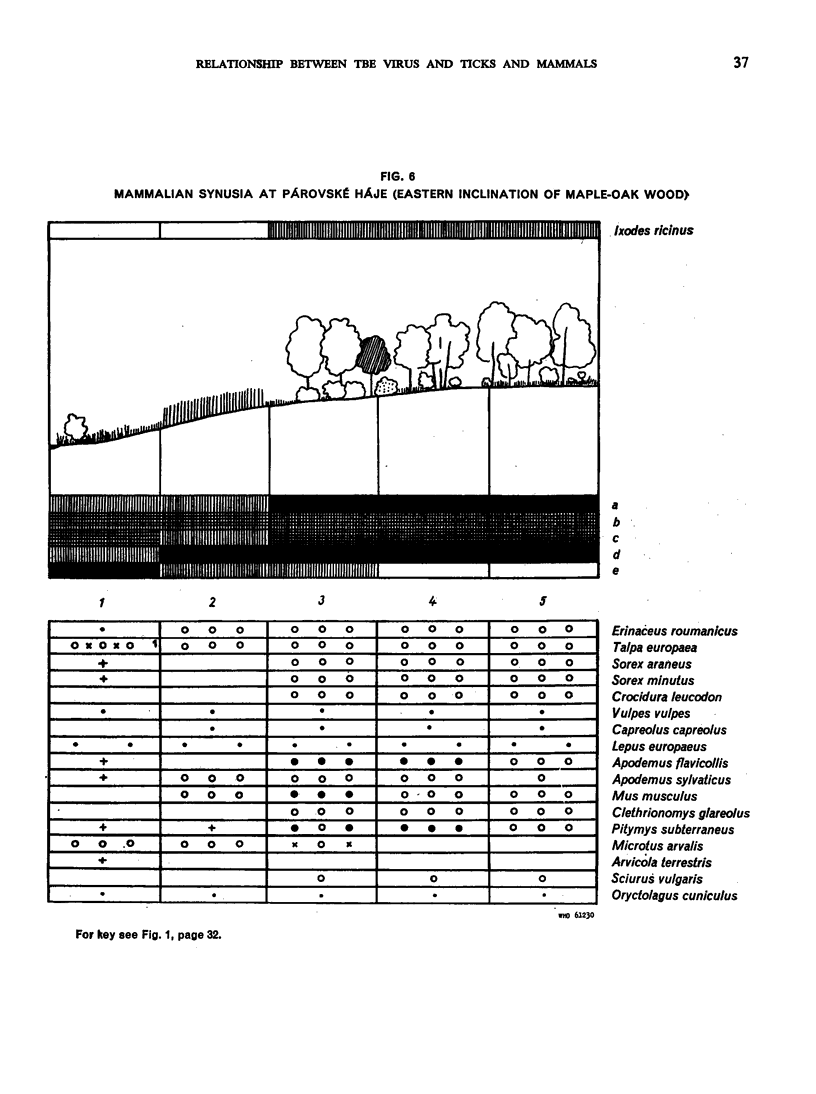
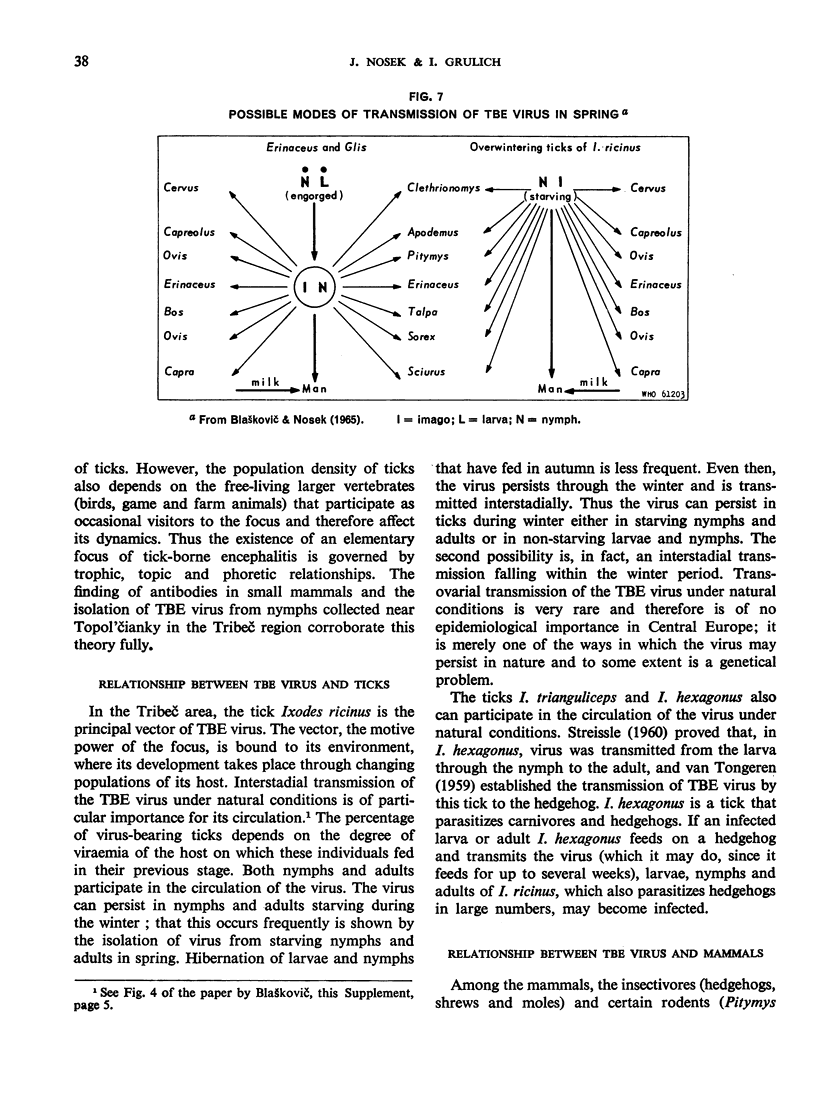
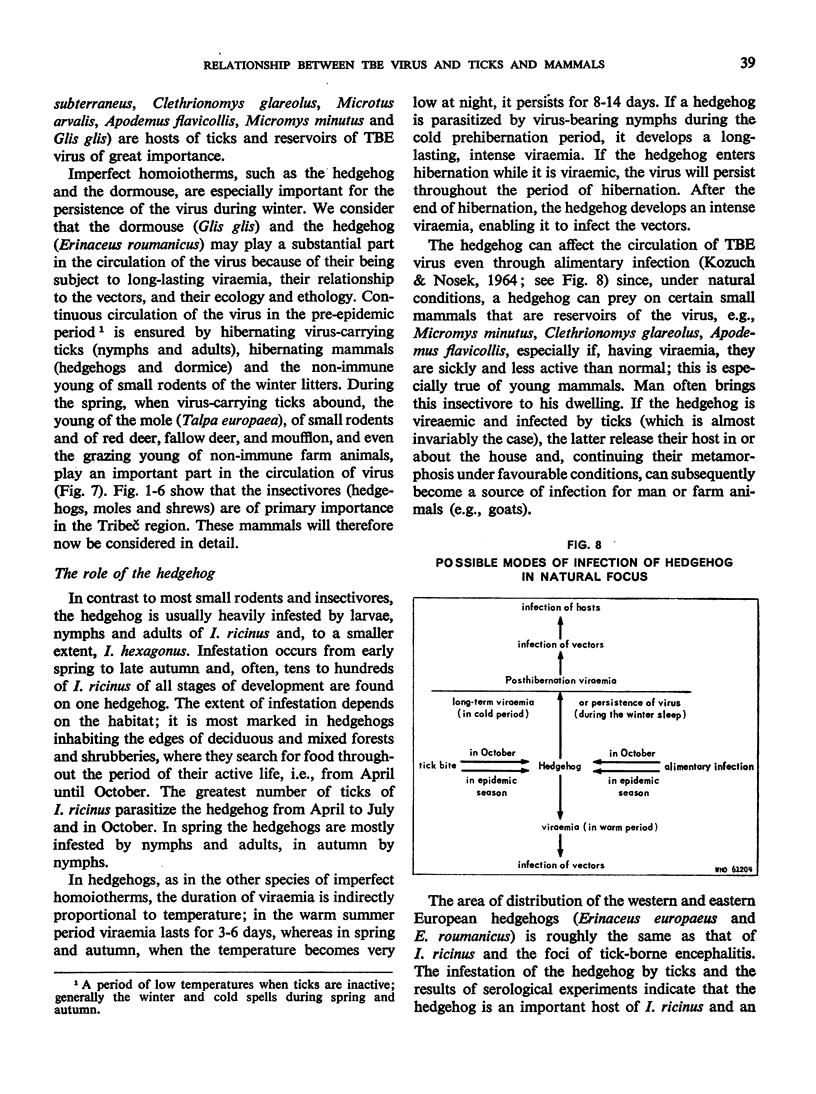
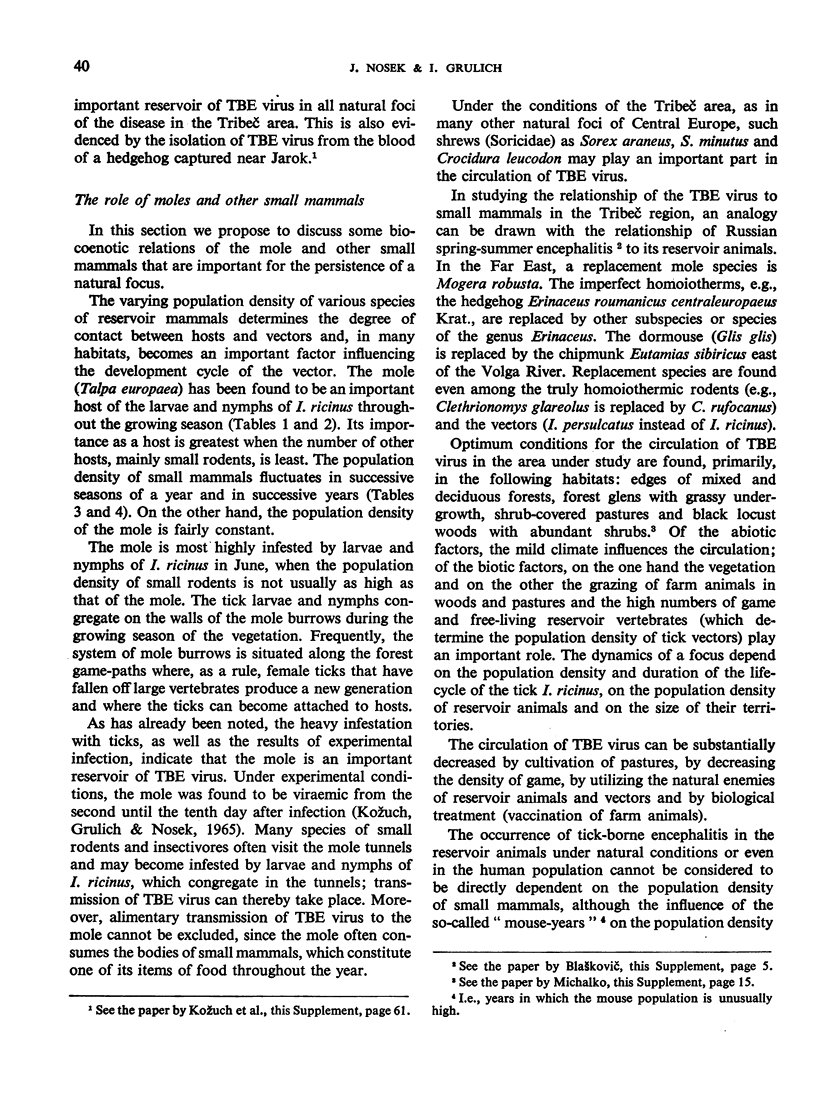
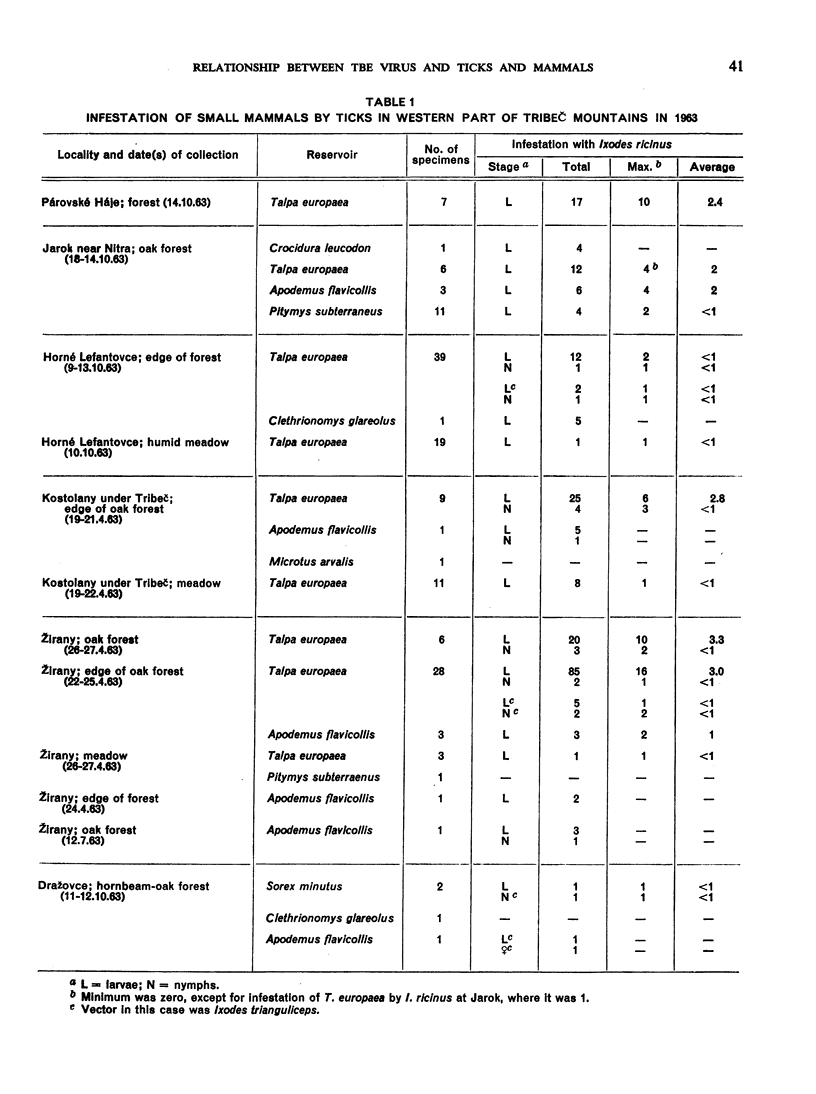
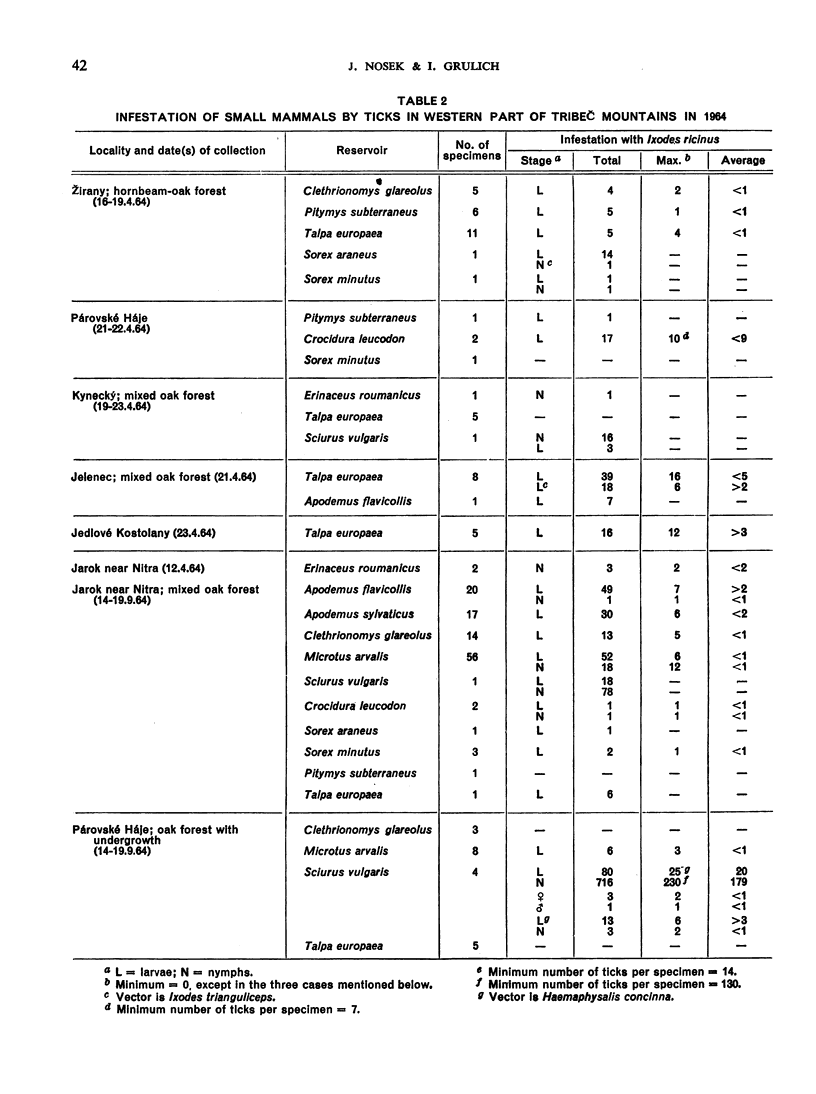
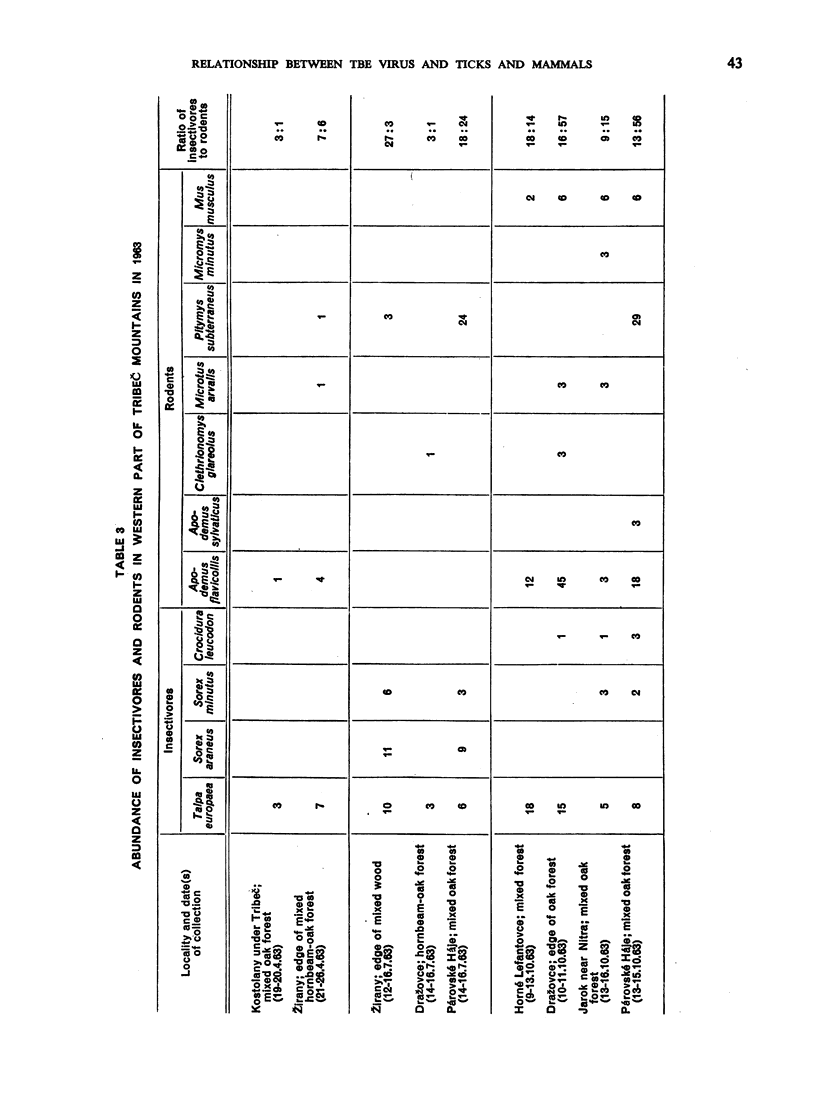
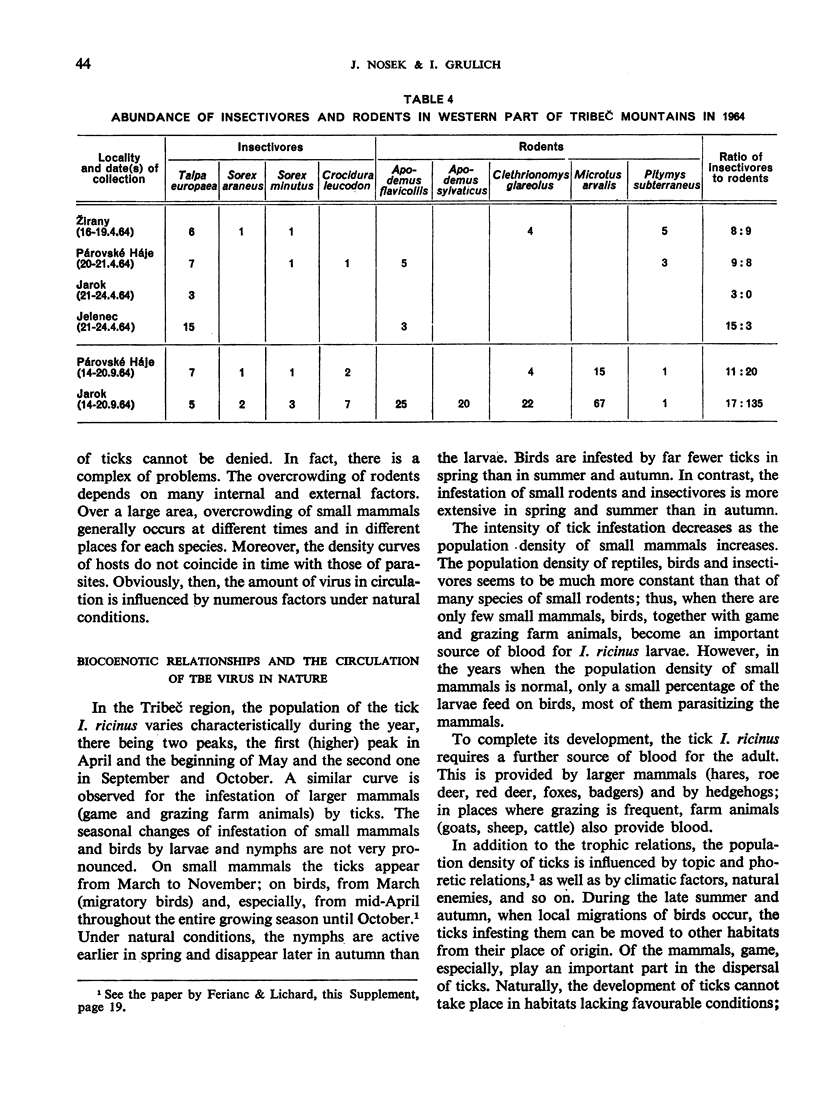
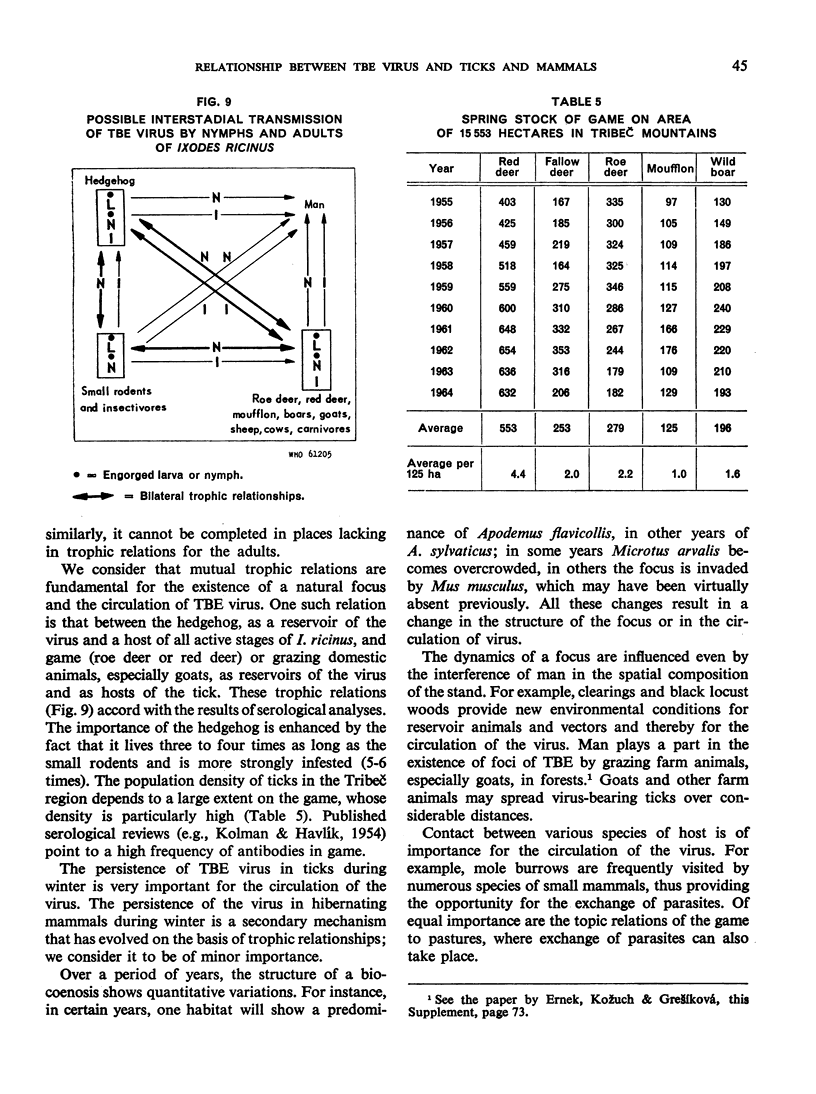
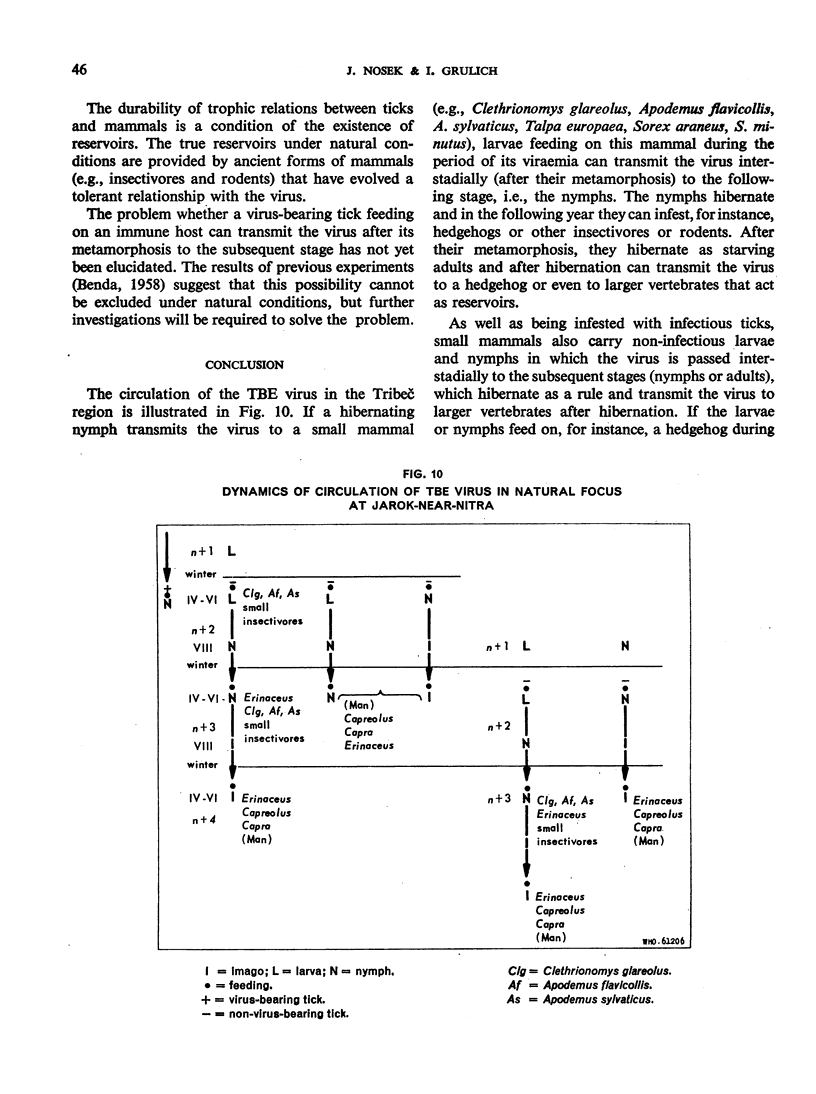
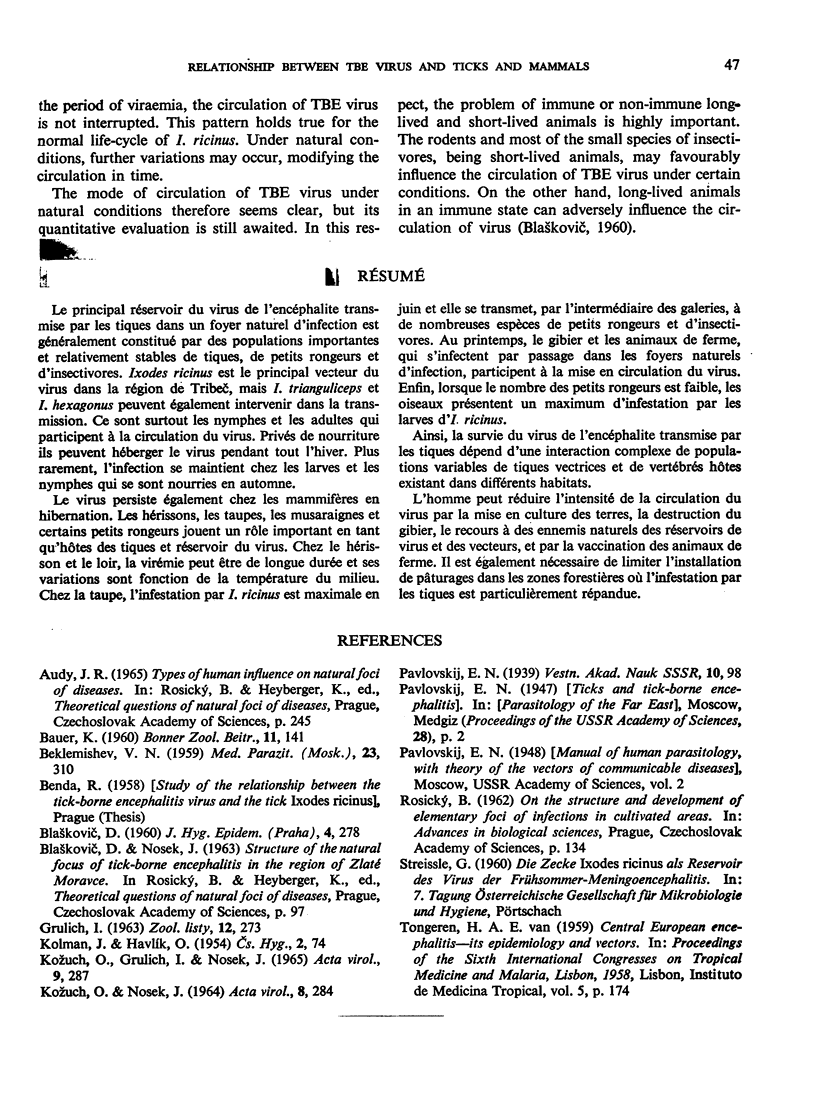
Selected References
These references are in PubMed. This may not be the complete list of references from this article.
- BEKLEMISHEV V. N. Nekotorye voprosy epidemiologii i epizootologii kleshchevogo entsefalita. Med Parazitol (Mosk) 1959 May-Jun;28(3):310–318. [PubMed] [Google Scholar]
- KOZUCH O., GRULICH I., NOSEK J. EXPERIMENTAL INFECTION OF THE MOLE WITH TICK-BORNE ENCEPHALITIS VIRUS. Acta Virol. 1965 May;9:287–287. [PubMed] [Google Scholar]
- KOZUCH O., NOSEK J. ALIMENTARY INFECTION OF THE HEDGEHOG WITH TICK-BORNE ENCEPHALITIS (TE) VIRUS. Acta Virol. 1964 May;8:284–284. [PubMed] [Google Scholar]


